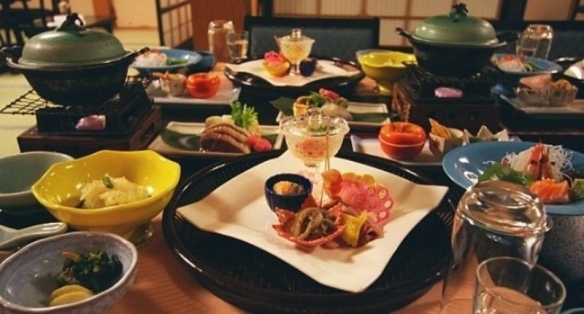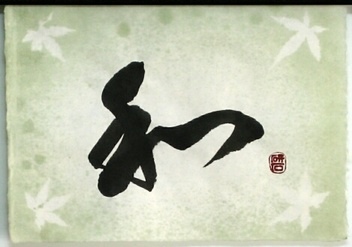If we look to figures like Musashi for hints about how to follow our own paths, it is vitally important to separate their fictionalized representations from the truth, as much as possible.
I watched the first part of TV Asahi’s two-part Miyamoto Musashi miniseries over the weekend very grudgingly, since it starred formerly-boy-band SMAP member Kimura Takuya, whom I find irritating under the best of circumstances, an utterly improbable choice for the title role; however, I felt a strange obligation to see what new absurdities and indignities would be perpetrated on the name of the great swordsman and strategist.
It turned out to be just another adaptation of Yoshikawa Eiji’s serialized novel, with a couple of slight twists, most notably having Musashi first encounter “Sasaki” Kōjirō on the battlefield at Sekigahara. “Kimutaku” ‘s performance was about what one would expect, with a great deal more attention clearly paid to his hair than to his acting. Also, electric guitars in the soundtrack, in case you weren’t sure which parts you were supposed to find exciting.
What bothers me most about these adaptations, though, is not the performances themselves, but how they misrepresent and in some cases fly in the face of Musashi’s actual legacy.
First of all, they tend to portray Musashi as having achieved his “realization of the Way” as a young man (in this case guided by the Zen priest Takuan Sōhō, whose correspondence with the Yagyū clan is well documented, but who has no direct historical connection with Musashi), when in The Five Rings Musashi writes that he did not achieve this until he was around fifty, and most of his bouts were behind him. The climactic bout with Kōjirō, a well-known story and generally the focus of these fictional versions, is not even recorded by Musashi himself, and (if it even happened) would have happened before Musashi really decided to dedicate himself to understanding “the deeper principles of the Way”, in any case.
The other thing that bothers me is that they generally depict Musashi as being entirely self-taught. This is a common misperception about Musashi, and he is sometimes (mis)quoted as saying, “I have never needed a teacher.” These words do in fact appear in The Five Rings, but they are only part of the sentence, and taken very much out of context:
When, sometime after I turned thirty, I thought back over my past, I realized that I had not won all those bouts because I had achieved great levels of strategic skill. It could have been because I had some innate gift for this path, and thus did not get away from its natural principles, or because those other styles of swordsmanship were lacking in some respect. After seeing this, in order to attain the deeper principles, I set myself to training day in and day out. In due course I realized the Way of Strategy. This was when I was about fifty years old.
Since then I have never again needed to search for the Way in anything. By applying the principles of strategy to the practice of various arts, I have never needed a teacher in any of those things.
Musashi states very clearly that the time when he no longer needed a teacher was after achieved his enlightenment in the Way, quite late in his life (Musashi only lived to be about 64).
The idea that Musashi developed his style of swordsmanship from scratch is patently absurd. He surely had a teacher or teachers, including almost certainly his adoptive father Shinmen (“Miyamoto”) Munisai, who was a well-known swordsman and practitioner of the cross-tipped spear and had even been awarded the title tenka-musō 天下無双 (“peerless under heaven”). Strong evidence of this lies in the distinct similarity between the curriculum outlines of Munisai’s Tōri Ryū 当理流 (“Hitting/Achieving Principle” School), and the style Musashi was teaching while in his twenties, known as the Enmei Ryū 円明流 (“Perfect Clarity” or “Bright Circle”).* Only later did Musashi create the style that was more distinctively his own.
So, unlike the fictional representation of him, the Musashi had at least one teacher, and it took him about twenty years after what might have been considered the “peak” of his career as a swordsman to “realize the Way”.
These are important things to remember when we follow our own paths.
“With the master as needle and the disciple as thread, you must train unceasingly.” – from Ground (p. 52)
“Even a path of a thousand ri is walked one step at a time. Do not hurry, but carry out this practice steadily, remembering that it is the duty of a warrior.” – from Water (p. 124)
*See Uozumi, Takashi 『宮本武蔵:日本人の道』Tokyo: Pelican, 2002. pp. 34-37.










